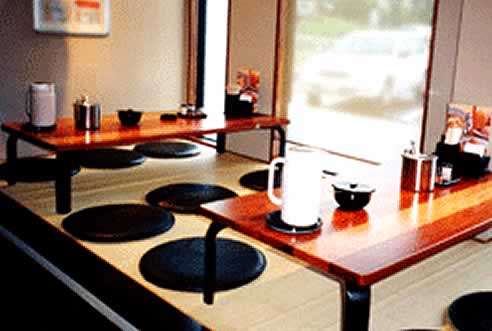Prevent cupping timber with Dale Glass Industries' Glulam Cupping is natural and occurs when there is an absorption or loss of atmospheric moisture on one side of the board and not the other, causing a moisture content imbalance. This imbalance is a temporary situation and is caused when there are changes in humidity or atmospheric conditions. Proper sealing prevents an imbalance occurring. Cupping can be corrected by reversing the cause; ie. turn the board over and just leave it, or strip the boards out so air can circulate evenly. If time doesn't allow this, then the correction process can be hurried by wetting the dry side. This creates artificially high humidity and the dry side will absorb moisture until both sides are in equilibrium and the board is again straight. The drier side is always the concave side. Place the board with the concave (dish) side up and on gluts so air can circulate (This also helps to dry out the wet side). Pour water on to the top (into the dish) until it pools evenly across the whole board. Lay plastic over the top so the water doesn't evaporate too quickly and leave it. The bigger the cup, the longer it will take to correct, but check it after an hour or two for progress. After the correction is completed, the water will have raised the wood fibres so it may be necessary to lightly sand again. Seal the board as soon as possible. Endsplits To obviate the problem before it occurs, ensure that the ends of the board are well sealed. To repair minor endsplits fill with clear silicon (eg. Silastic) and seal: the splits should then close naturally. If the end splits are longer, let some full strength Epoxy glue flow into the split/s, clamp and allow to cure before sealing. A strip of tape underneath the glueline stops glue loss. Minor Dents Natural Timber Blemishes Alternatively, to make a blemish appear natural, apply "Plastibond" coloured with a very small amount of oxide of suitable colour. Sand smooth when it has set. If filling as above is impractical because of aesthetics, a portion of the laminate (approx 3mm deep) can be removed with a router and replaced with a fillet (a strip of similar timber ripped to the matching width and thickness) glued in place with a full strength Epoxy glue, and then sanded. Remove Stains
|
02 9647 2911 93 Wetherill Street, Silverwater, NSW, 2128
|


 Timber Kitchen Islands by DGI
Timber Kitchen Islands by DGI Solid Timber Boardroom Tables by DGI
Solid Timber Boardroom Tables by DGI Solid Timber Stairs by DGI
Solid Timber Stairs by DGI Protective Coating for Internal Timber
Protective Coating for Internal Timber Structural Glulam Beams by DGI
Structural Glulam Beams by DGI Curved Bar Tops for Restaurants by DGI
Curved Bar Tops for Restaurants by DGI Decorative Glulam Timber Benchtops for
Decorative Glulam Timber Benchtops for Timber Kitchen Cabinet Doors from DGI
Timber Kitchen Cabinet Doors from DGI Water Resistant Finish for Timber by DGI
Water Resistant Finish for Timber by DGI Glulam Timber Benchtops by DGI
Glulam Timber Benchtops by DGI Glulam Beams for Domestic and Commercial
Glulam Beams for Domestic and Commercial Machine Upgrades to the Silverwater
Machine Upgrades to the Silverwater Solid Timber Cabinet Doors by Dale Glass
Solid Timber Cabinet Doors by Dale Glass Glue-laminated Timber Products Sydney
Glue-laminated Timber Products Sydney Glulam Timber Residential Staircases by
Glulam Timber Residential Staircases by Commercial Interior Timber Furniture &
Commercial Interior Timber Furniture & Stylish Curved Structural Surfaces by
Stylish Curved Structural Surfaces by Decorative Interior Glue-Laminated
Decorative Interior Glue-Laminated Vinyl Wrap Cabinets for Kitchens or
Vinyl Wrap Cabinets for Kitchens or Solid Timber Kitchens and Bathrooms from
Solid Timber Kitchens and Bathrooms from
